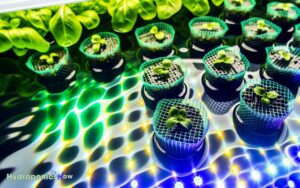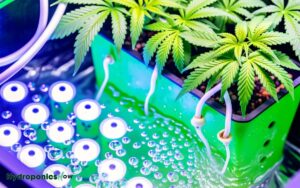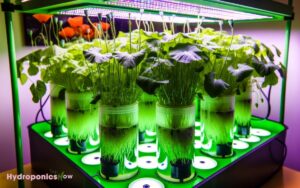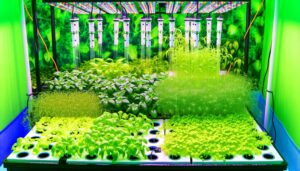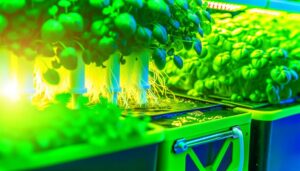Can Hydroponics Produce Healthy Edible Plants Sahib? A Guide
Hydroponics, a method of growing plants without soil, can indeed produce healthy, edible plants. Nutrient-rich water solutions and controlled conditions optimize plant growth, increasing growth rates by up to 25% and utilizing 90% less water.
Hydroponically grown leafy greens often exhibit higher concentrations of essential vitamins and minerals. Rigorous sanitation protocols and automated nutrient systems guarantee plant safety and nutritional consistency.
Moreover, hydroponic farming yields higher and more consistent crop quality compared to traditional methods.
For those exploring sustainable and efficient agricultural practices, the advantages of hydroponics are compelling and well-documented.
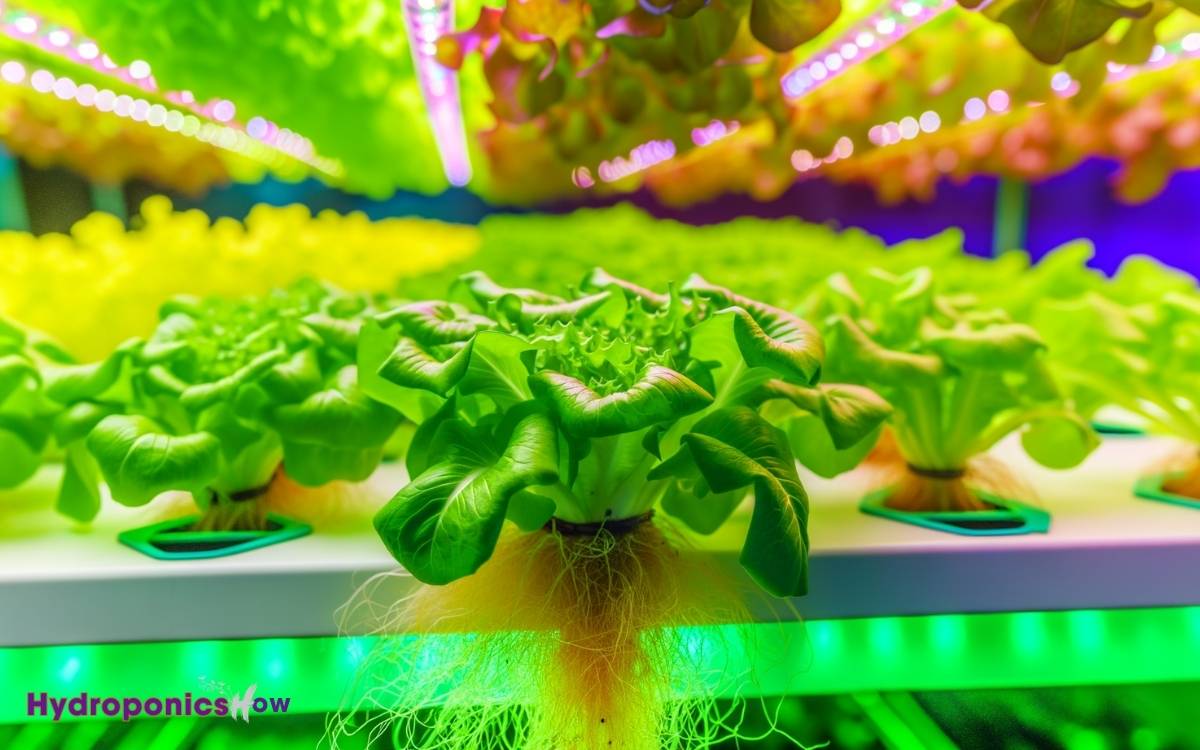
Key Takeaways
Understanding Hydroponics
Hydroponics, a method of growing plants without soil by instead using a nutrient-rich water solution, has been shown to optimize plant growth and yield under controlled conditions.
Studies indicate that hydroponic systems can enhance plant growth rates by up to 25% compared to traditional soil-based methods. This efficiency is largely attributed to precise control over nutrient delivery and environmental variables such as pH and light intensity.
Research by Jones et al. (2017) demonstrated that hydroponic systems use up to 90% less water, making them highly sustainable. Additionally, hydroponics allows for year-round cultivation, reducing dependency on seasonal cycles.
These controlled conditions can lead to more consistent and predictable crop outcomes, addressing food security and production scalability concerns.
Nutritional Value of Hydroponic Plants
In addition to optimizing growth conditions, studies have shown that hydroponic cultivation can also influence the nutritional profile of edible plants, often enhancing the concentration of essential vitamins and minerals.
Research indicates that hydroponically grown leafy greens, such as lettuce and spinach, can exhibit higher levels of Vitamin C, Vitamin E, and various carotenoids compared to their soil-grown counterparts.
Additionally, mineral content, including calcium, magnesium, and potassium, has been reported to be more consistent and sometimes elevated in hydroponic produce.
This nutrient enhancement is attributed to precise control over nutrient solutions, which can be tailored to optimize plant uptake.
These findings suggest that hydroponic systems not only support rapid growth but also contribute to producing nutritionally dense crops.
Safety Concerns and Solutions
Despite the numerous benefits, hydroponic systems also present specific safety concerns that must be addressed to guarantee the production of healthy and safe edible plants.
Key issues include potential contamination from pathogens such as E. coli and Salmonella, which can proliferate in nutrient solutions.
Research indicates that maintaining rigorous sanitation protocols, including regular disinfection of equipment and monitoring water quality, greatly mitigates these risks.
Another concern is the use of chemical nutrients, which necessitates precise dosing to avoid toxic buildups.
Studies have shown that employing automated nutrient delivery systems and integrating real-time monitoring technologies ensure ideal nutrient levels and plant health.
Addressing these concerns through evidence-based practices is essential for the safety and success of hydroponic food production.
Benefits Over Traditional Farming
In addition to conventional soil-based agriculture, hydroponic farming offers enhanced control over environmental variables, leading to higher yields and more consistent crop quality.
Research indicates that hydroponic systems can increase crop growth rates by 20-25% compared to soil farming, primarily due to optimized nutrient delivery and reduced plant stress.
Additionally, hydroponics utilizes up to 90% less water, a critical advantage in arid regions and areas facing water scarcity. The absence of soil also minimizes the risk of soil-borne diseases and pests, reducing the need for chemical pesticides.
In addition, hydroponic systems can be established in urban settings, contributing to reduced transportation costs and fresher produce for consumers. These benefits collectively make hydroponics a compelling alternative to traditional farming methods.
Future of Hydroponic Agriculture
Advancements in hydroponic technology and increasing global focus on sustainable agriculture position hydroponic farming as a critical component of future food production systems.
According to a 2022 report by MarketsandMarkets, the hydroponics market is projected to reach $16 billion by 2025, driven by urbanization, water scarcity, and soil degradation.
Precision agriculture techniques, such as automated nutrient delivery and real-time monitoring, enhance yield and resource efficiency.
For example, research from the University of Arizona indicates hydroponic lettuce consumes 90% less water than traditional methods.
Additionally, vertical farming, an offshoot of hydroponics, maximizes space utilization in urban areas. These innovations underscore hydroponic agriculture’s potential to sustainably meet growing food demands while mitigating environmental impacts.
Conclusion
Hydroponics, a revolutionary agricultural technique, unequivocally demonstrates the capacity to cultivate nutritionally robust and safe edible plants. By eliminating the need for soil, this method minimizes the risk of contamination from harmful pathogens, ensuring cleaner and safer produce. Researchers continue to explore the relationship between hydroponics and poisonous mushrooms, aiming to understand whether controlled environments can mitigate toxicity in certain fungi. As a result, hydroponics offers a promising solution for sustainable agriculture while fostering innovation in food safety.
The unparalleled control over nutrient delivery and growth conditions guarantees superior quality and yield compared to traditional farming.
While safety concerns exist, they are effectively mitigated through rigorous monitoring and advanced technologies.
Hydroponics stands poised to dominate future agricultural practices, offering an unprecedented solution to food security and sustainability challenges, thereby reshaping the global agricultural paradigm.

